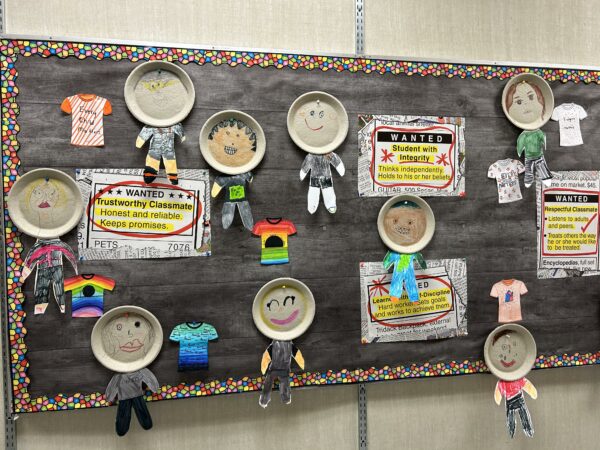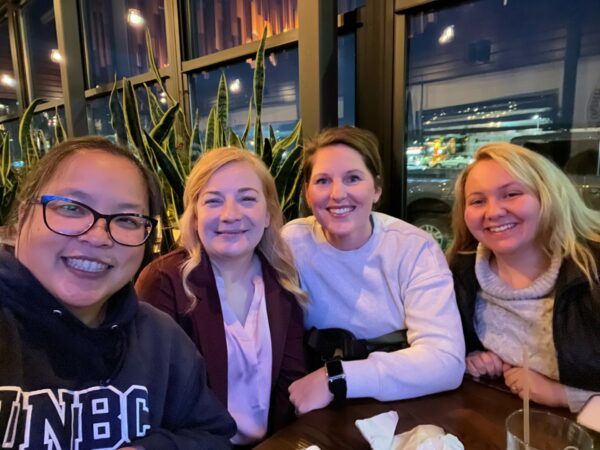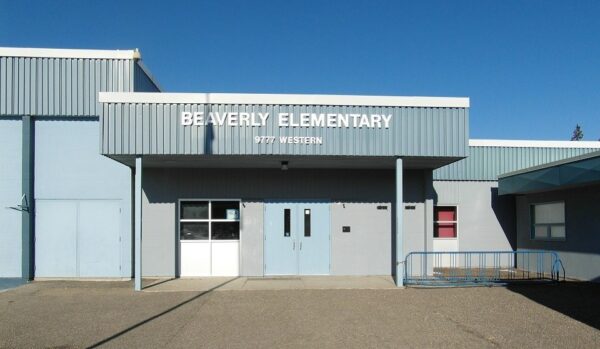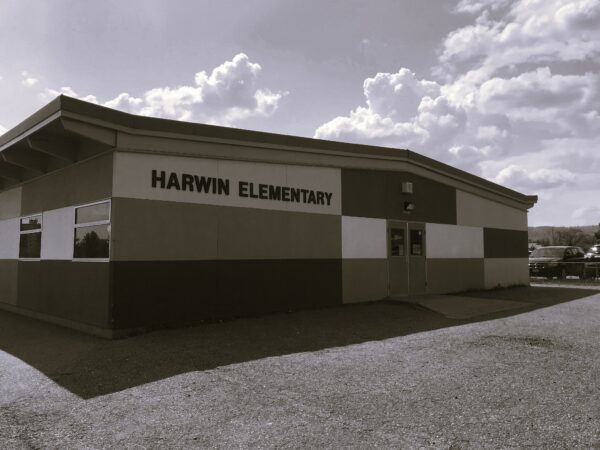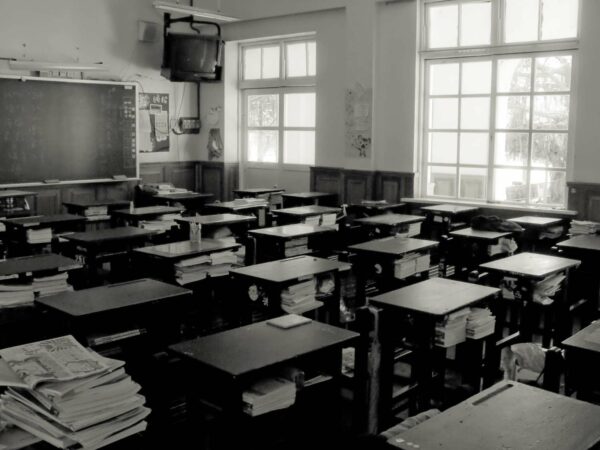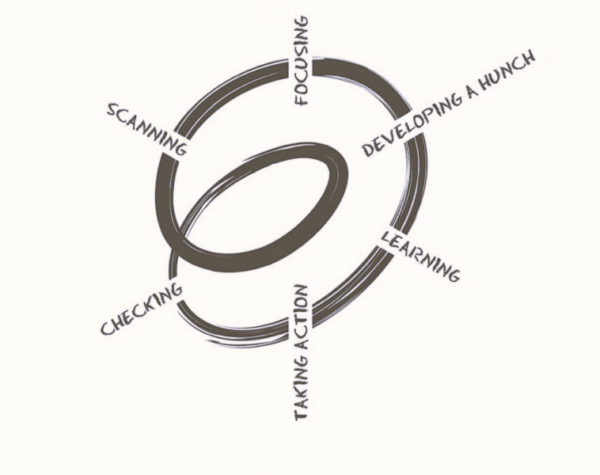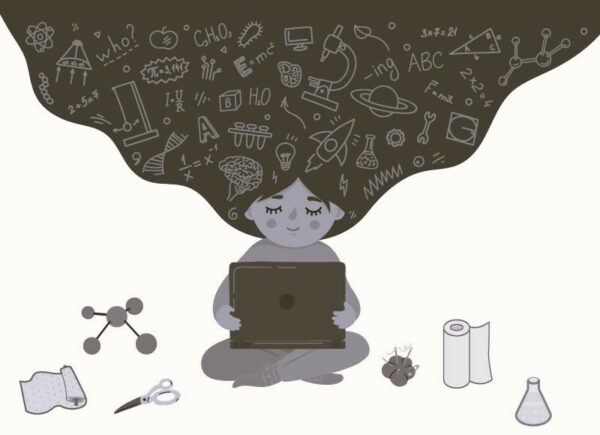As I spend more time in the classroom, I begin to understand the importance of including others in classroom discussions. There is a sense of ownership and power when you get into your classroom, which can become a blind spot.
To mitigate the potential bias and misinformation that can develop in a closed-off classroom, it is beneficial to invite community members to speak in and participate as part of your class. I am interested in trying to be part of the Sigmund Brower writing groups which allows students to find new ways to connect with writing.
There are so many different skills that students can benefit from learning, and it is impossible for one person, a teacher, to be exceptional in them all. Elementary education is such a complex thing to teach, there are so many skills students should learn to be their most successful selves in the future. My favourite examples around community-based skill sharing would be when students get to go to the public library. There is so much information available, and all of it is so interesting and useful.
Another way I like to see the community involved in education is when grandparents are willing to come and share about their lives or skills they feel successful in. The students seem to connect with learning from people in different generational roles. I believe this is another authentic way that we can bring Indigenous ways of knowing to the classroom.
With the technology available, we can present community ideas through so many channels. It is okay if you are in a rural classroom because now you can Zoom in the library or have a Facetime call with a student’s grandma. Technology is a superpower that will allow the community to be a part of the classroom in a whole new way.

